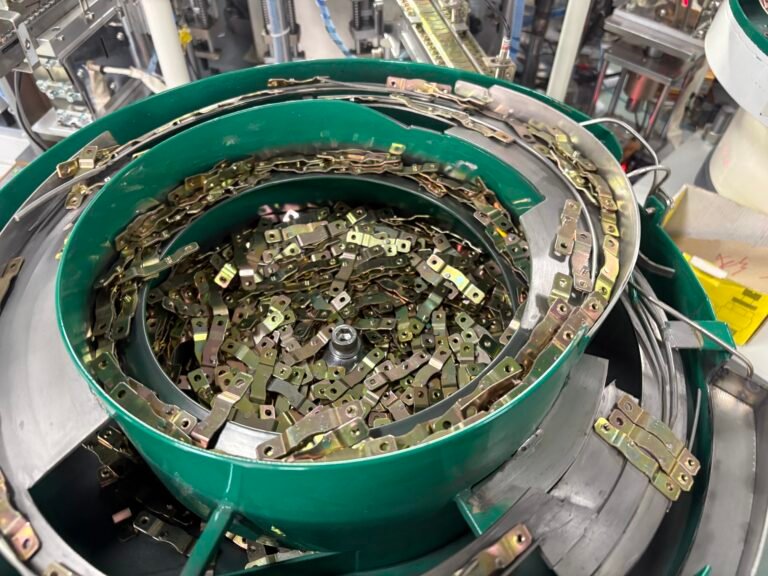Experiencing weak horn sounds or system failures? Motorcycle horns not performing can lead to safety hazards. A simple solution could lie in using a relay—read on to understand why and how.
Adding a relay to your motorcycle's horn system can ensure louder, more reliable performance. This upgrade isn't just about sound—it enhances safety by ensuring your horn is heard when needed most.
Continue reading to explore the necessity of a relay for your motorcycle horn and how it can transform your ride's auditory signal.
Basic Functions of Electromagnetic Relays
Electromagnetic relays serve a crucial role in motorcycle electrical systems by acting as a switch. They allow a small current from the horn button to activate a larger current that powers the horn itself. This is vital because it helps to manage the electrical load and prevent wiring damage or battery drain. Understanding the principle of electromagnetic relays, which involves electromagnetic induction, is key to recognizing their importance in enhancing horn functionality and current amplification.
Electrical Requirements for Motorcycle Horns
Motorcycle horns require a specific amount of power to function optimally. Typically, a horn might need more power than what's directly available from the horn button circuit. This is where a relay comes in, providing the necessary voltage without compromising the wiring or battery life. Detailed knowledge of your motorcycle’s electrical circuits, including horn power and voltage specifications, is crucial when considering enhancements or troubleshooting.
Benefits of Using a Relay for Motorcycle Horns
Incorporating a relay into your motorcycle's horn system brings multiple benefits. First, it significantly improves the horn's loudness and clarity, which is crucial for safety. Additionally, relays can offer enhanced circuit protection, ensuring that the high current needed for the horn does not damage the motorcycle’s electrical system. Moreover, the response speed and durability of the horn are increased, making relays an excellent investment for long-term reliability.
Steps to Install a Relay for a Motorcycle Horn
Installing a relay for your motorcycle horn can be straightforward with the right tools and some technical know-how. Begin by selecting a suitable relay and horn kit that matches your motorcycle’s specifications. Follow a detailed installation guide, which should include a wiring diagram to help you connect the relay correctly. Tool preparation is key, ensuring you have everything from wire strippers to screwdrivers. Proper installation not only enhances the horn's effectiveness but also ensures safety and durability.
Common Troubleshooting for Motorcycle Horns and Relays
Troubleshooting issues with motorcycle horns and their relays involves several steps, often starting with fault diagnosis. Check the relay and wiring for any visible signs of wear or damage. Employ repair tips such as checking connections and ensuring the relay is securely installed. If the horn still fails to function correctly, consult a replacement guide to find the appropriate parts. Effective troubleshooting can save time and money while ensuring your horn operates as expected.
In summary, adding a relay to your motorcycle horn setup enhances performance, safety, and system integrity.


